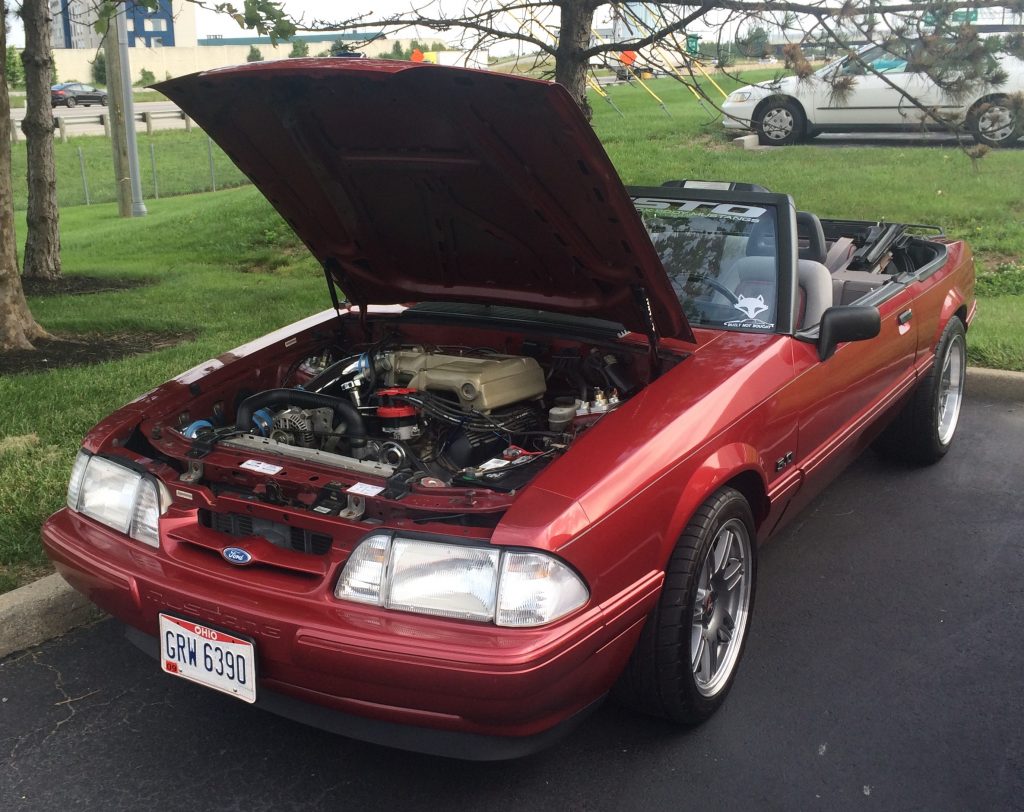You’ve got questions. We’ve got the answers—the Summit Racing tech department tackles your automotive-related conundrums. This week, we talk about the use of caster/camber plates and offset steering rack bushings with Fox-body lowering springs
Q: I am installing a set of lowering springs on my Fox Mustang. I have been advised to include adjustable caster/camber plates and offset steering rack bushings with the installation. Is this truly necessary? And if so, why?
G.R.

A: When you lower a Fox-body Mustang, alignment and bump steer come into play. After lowering your vehicle, you’ll need to reset its alignment to the correct position. This can sometimes be achieved without caster/camber plates, but usually requires substantial grinding of the shock tower to allow the needed movement. Adjustable caster/camber plates allow vehicle alignment to be reset to the correct position without the headache of modifying the factory structure.
The offset steering rack bushings that were recommended are used to eliminate bump steer—a condition where the vehicle follows the grooves in the road surface. When a Fox-body Mustang’s ride height is reduced by more than one inch, bump steer becomes a problem. By correcting the steering rack geometry with the offset bushings, the car will maintain its factory road manners. Plus, the bushing’s stiffer polyurethane construction helps increase steering response.

Comments